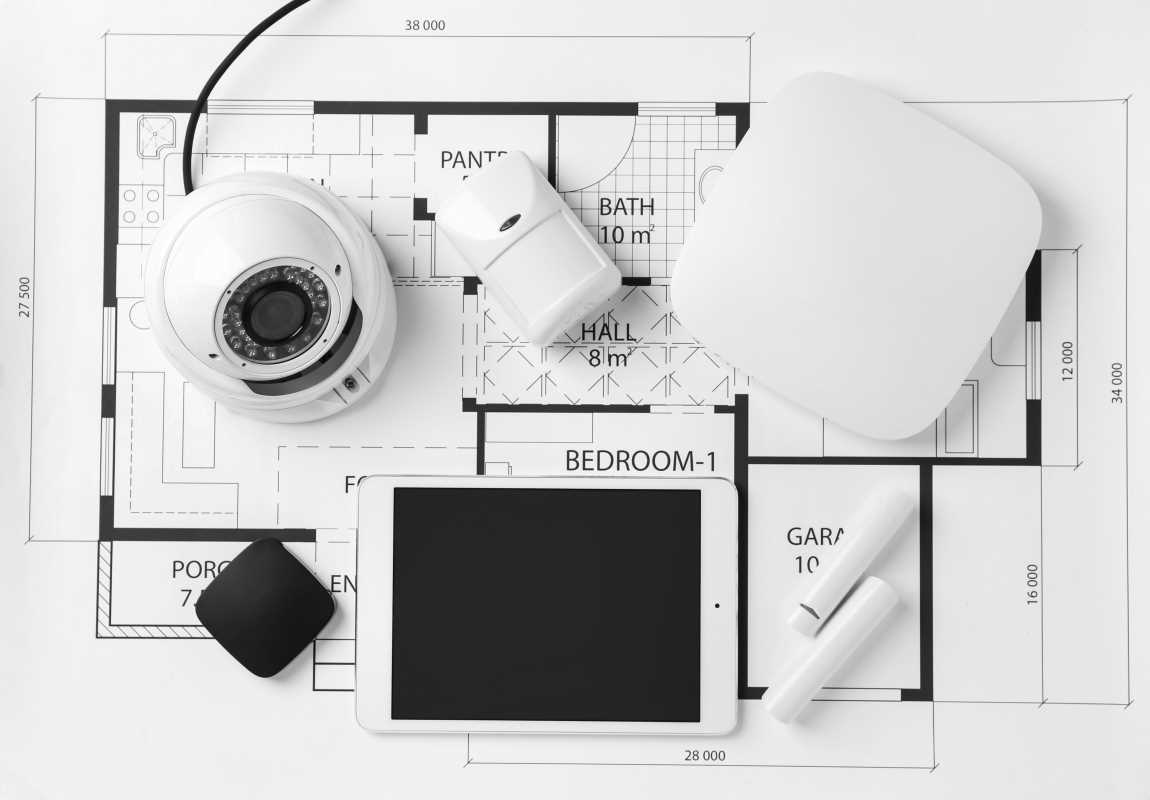Mornings can often feel rushed and chaotic, leaving little room for mindfulness or relaxation. Incorporating mindful breathing exercises into your morning routine is a simple and effective way to start the day on a positive note. By taking just a few minutes to focus on your breath, you can reduce stress, improve focus, and set a calm tone for the hours ahead.
What Are Mindful Breathing Exercises?
Mindful breathing is the practice of paying attention to your breath in a deliberate and present-focused way. It’s not about altering your breath but observing it as it naturally flows in and out. This simple act can help ground you in the moment and ease your mind from distractions.
The beauty of mindful breathing lies in its accessibility. You don’t need any special equipment or prior experience—just a quiet space and a willingness to pause. Whether you’re seated, lying down, or even standing, mindful breathing can fit seamlessly into your routine.
Mindfulness practices like this help create mental space and can even improve how you connect with others. By being more present and aware, your interactions can feel more genuine and fulfilling.
Benefits of Adding Mindful Breathing to Your Routine
Starting your day with mindful breathing offers a variety of physical and mental health benefits. On a physiological level, deep breathing can help lower your heart rate, improve oxygen circulation, and reduce tension in your body. Mentally, it promotes focus, emotional balance, and a sense of calm, making it easier to tackle daily challenges.
Engaging in mindful breathing first thing in the morning allows you to approach the day with clarity and intention. Instead of jumping straight into emails or to-do lists, you’re giving yourself a moment to center and recharge.
Simple Breathing Exercises to Try
There are several mindful breathing techniques you can try, each with unique benefits. Here are a few to help you get started:
- Box Breathing: Inhale deeply for a count of four, hold your breath for four counts, exhale for four counts, and hold again for four counts. Repeat this cycle a few times. This method is particularly useful for calming nerves.
- 4-7-8 Breathing: Breathe in through your nose for four counts, hold for seven counts, and exhale slowly through your mouth for eight counts. This exercise can help relax your mind and body, especially if you’re feeling overwhelmed.
- Abdominal Breathing: Place one hand on your stomach and take slow, deep breaths, focusing on the rise and fall of your abdomen. This encourages full, diaphragmatic breathing and helps reduce shallow chest breathing.
These exercises are simple, adaptable, and only take a few minutes to complete, making them ideal for busy mornings.
Creating a Morning Mindful Breathing Habit
Like any new habit, consistency is key to making mindful breathing a regular part of your routine. Start small by setting aside 2–5 minutes each morning. Pair it with an existing habit, like brushing your teeth or making coffee, to create a natural flow in your morning.
To stay consistent, set a gentle reminder or use an app to guide you through the exercises. Over time, the practice will feel less like a task and more like an essential part of your day.
How to Overcome Common Challenges
It’s normal to encounter challenges when starting a mindful breathing practice. Common obstacles include difficulty staying focused, feeling impatient, or doubting whether you’re doing it correctly. These issues are a natural part of learning and can be overcome with patience and persistence.
If your mind wanders, gently guide it back to your breath without judgment. Remember that mindfulness is about practice, not perfection. Guided breathing apps or videos can also provide structure and reassurance if you’re feeling unsure.
Practical Tips for Enhancing Your Practice
Here are a few tips to make mindful breathing an enjoyable and effective part of your mornings:
- Choose a comfortable space. Find a quiet, distraction-free area where you can sit or lie down comfortably.
- Set the mood. Soft lighting or calming music can enhance the experience.
- Use a timer. Set a timer for your desired duration to avoid checking the clock.
- Reflect afterward. Take a moment to notice how you feel after completing the exercises.
You can also combine mindful breathing with light stretches or meditation for a more comprehensive morning routine. This not only helps with mental clarity but also energizes your body for the day ahead.
Mindful breathing is a small but powerful tool that can transform the way you start your day. With practice, it can help you cultivate a sense of calm and clarity that carries you through whatever challenges come your way.
 (Image via
(Image via





